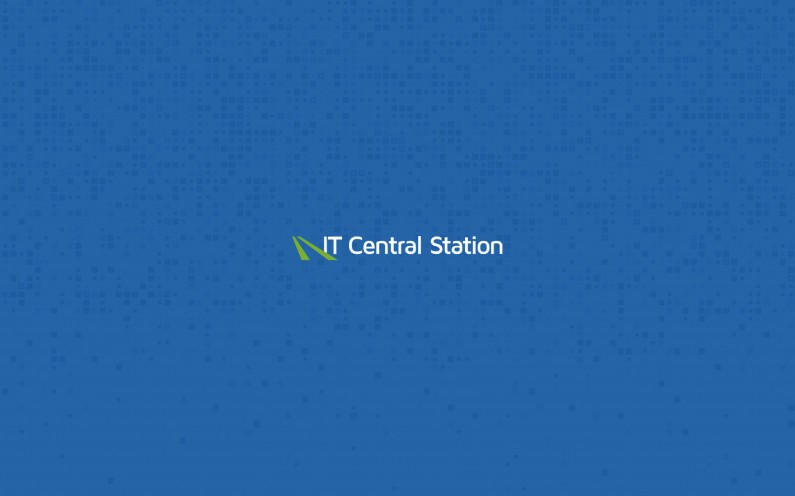Operational Resilience
In a real-time economy, technology failure means business failure. Operational resilience means being resistant in the face of change where your competition is not.
ITRS is recognized in the 2025 Gartner® Magic Quadrant™ for Observability Platforms
In a real-time economy, technology failure means business failure. Operational resilience means being resistant in the face of change where your competition is not.
At the base level, a resilient system should be able to demonstrate that your services are up. If services are down, you need to know exactly what the issue is to identify the fastest possible path to resolution.
Whether it’s identifying bottle necks in your system or hot and cold patches in capacity, you need to know which areas of your system may be preventing it from working.
Balance capacity before a major event, reduce data latency to its absolute minimum and deliver an outstanding end user experience. Real-time monitoring will give you peace of mind when it comes to your business performance.

Real-time monitoring empowers you to keep your business critical services running and prevent costly outages.
In an increasingly digital landscape, technology failure poses a risk both to the enterprise suffering the outage and the economy at a larger scale.
Our monitoring technology empowers you to proactively manage extreme requirements and the most taxing scenarios, helping you mitigate risk and keeping your always-on enterprise running.

Testing mercilessly and managing change across your IT infrastructure are key activities to any enterprise.
Planning and testing for large scale disruption is an essential component of operational resilience. For example, exchanges must be prepared for large scale trading in very focused periods of time, using capacity planning to prepare for scenarios where they should burst into the cloud to prevent outages.
The most demanding environments require an always-on approach.

ITRS Geneos has the best enhancements required for monitoring; not just for basic monitoring but for any kind of aspects or production issues that can be captured and prevented using this tool.

Using the machine-learning-driven alerts in Capacity Planner has helped us plan and catch errors before they become service-affecting. We've been able to stand up to the extra demand. We've seen ROI in terms of the number of outages that we've prevented proactively.

Geneos offers various kinds of samplers and it keeps adding integrations as well. For example, we are using Control-M scheduler for our batch. We integrated ITRS with Control-M and now we are getting all the alerts from there into our ITRS monitoring, and we can publish that in the dashboard.
The only real-time monitoring solution. Keep your business running.
Predictive analytics powered by machine learning to minimise cost and maximise resilience for your entire IT estate.
Understand how your sites and applications are performing in production environments.
In recent years, businesses have been under stress and were forced to adjust to changing workforce requirements, capital availability, market behaviour and usage patterns. This dynamic has brought to the foreground the need for operational resilience. In these times, every organisation needs an operational resilience strategy that enables them to maintain service levels during periods of disruption.
This strategy must include stakeholders across the company, spanning departments and coordinating responses to the loss of critical inputs to business processes. While resilient IT operations are at the heart of a resilience strategy, the need goes beyond digital systems and includes coordination with vendors, clients, suppliers and distributors.
The need for resilient IT operations is clear to everyone in the current business environment, but guidance on how to achieve this goal is sparse. Questions abound:
Regardless of how your organisation chooses to manage risk, it’s best to lead the process rather than wait for operational resilience regulation.
We understand that navigating IT environments can be complex, and every organization faces unique challenges. That's why we offer customized demos tailored to your specific needs. Book your demo today to experience the power of intelligent, hybrid IT monitoring.